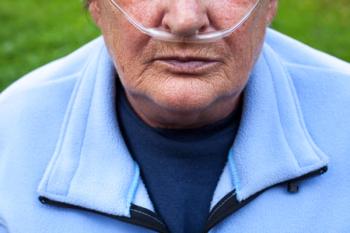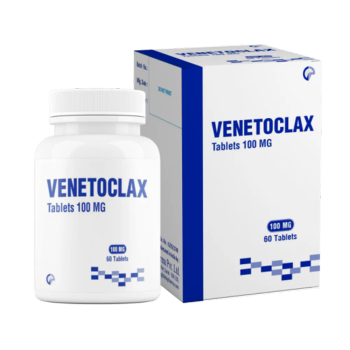
Clinical
Latest News
Latest Videos

CME Content
More News

Although HER2 amplification showed prognostic capabilities in patients with RAS wild-type metastatic colorectal cancer (mCRC), it was not predictive of survival benefit as a first-line treatment option in combination with panitumumab vs standard-of-care bevacizumab.


A retrospective analysis of the CARTITUDE-1 trial suggests that patients who have undergone allogeneic stem cell transplant (allo-SCT) prior to receiving chimeric antigen receptor (CAR) T-cell therapy for multiple myeloma experience comparable outcomes to allo-SCT–naïve patients.

Investigators said analysis of multiple tissues from the same patients suggests tumor evolution in high-grade serous ovarian cancer (HGSC) was not through somatic mutations.

With the decision, ClarityPro becomes the first and only device to offer new technology add-on payment reimbursement for the diagnosis of electrographic status epilepticus.

Proper implementation of oxygen therapy within patients with interstitial lung disease (ILD) requires the strengthening of international guidelines, improved oxygen delivery systems, and equitable funding models.

Combination endoscopic sinus surgery (ESS) and biological therapy significantly decreased polyp burden in refractory chronic rhinosinusitis with nasal polyposis (CRSwNP) compared with biologic therapy alone

Three sessions of a semi-structured focus group were conducted to gain patient feedback on personalized screening for colorectal cancer (CRC).

Periodic limb movements during sleep (PLMS) are an added risk factor for cardiovascular disease in obstructive sleep apnea (OSA), recent study findings suggest.

The study comprehensively described the atopic dermatitis (AD) burden among young Japanese patients with moderate or severe forms of the disease.

Teriflunomide treatment incurred an unadjusted risk reduction of 63% and an adjusted risk reduction of 72% in inhibiting a first clinical demyelinating event in patients with multiple sclerosis (MS).

Navigating the efficacy of schizophrenia treatment selection.

Second-line treatment with axicabtagene ciloleucel (axi-cel) led to an investigator-assessed, 3-month complete metabolic response rate of 71.0% in patients with large B-cell lymphoma (LBCL) who were ineligible for autologous stem cell transplant.

The use of cognitive behavioral therapy (CBT) in schizophrenia treatment is examined.

The risk of developing chronic obstructive pulmonary disease (COPD) increased in young people who smoke cigarettes more frequently, indicating smoking is an important COPD risk factor.

Investigators say computer algorithms can be used to assess physical and vocal signs of myasthenia gravis (MG).

Jennifer Brown, MD, PhD, director of the Chronic Lymphocytic Leukemia Center at Dana-Farber Cancer Institute, discussed the uptake of zanubrutinib for the treatment of chronic lymphocytic leukemia (CLL) and small lymphocytic leukemia (SLL).

A rapid sputum-based test can accurately identify the presence of white blood cells by tracking their protein signatures.

Medical experts discuss current obstacles facing ideal respiratory syncytial virus (RSV) treatment strategies in children.

Adam Welch, PharmD, MBA, FAPhA, leads a discussion surrounding payer considerations for RSV vaccinations in children.

The most severe psoriasis was associated with the lowest blood levels of vitamin D and the greatest affected body surface area.

Certain immune cell types are associated with immune checkpoint inhibitor (ICI) response in patients with non–small cell lung cancer (NSCLC).

There is no standard treatment in acute myeloid leukemia (AML) or myelodysplastic syndromes (MDS) for patients who have a relapse following allogeneic hematopoietic cell transplantation.

A look at the psychological implications of acne in teenagers and adults.

Discussion on the economic burden of over-counter and prescription drug costs related to acne therapy.













































